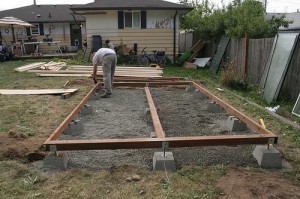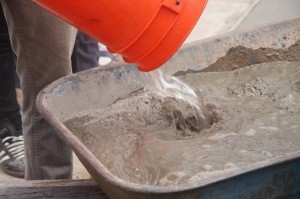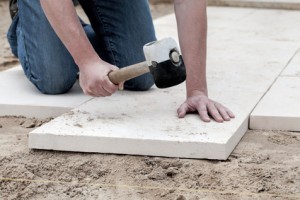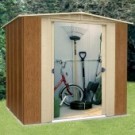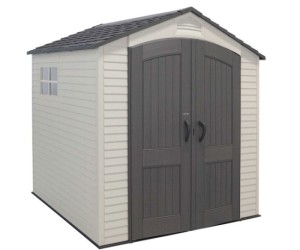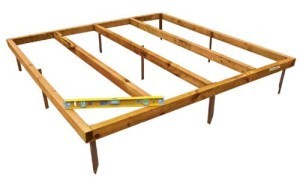As we work our way through the Winter, it’s essential to ensure that your garden shed is adequately prepared to withstand the cold, harsh weather conditions. Proper winter maintenance not only protects your shed from damage but also preserves its contents and extends its longevity. In this article, we’ll explore some valuable tips to help you winterize your garden shed and keep it in top condition throughout the season.
- Clear Surrounding Debris:
Ideally before winter sets in, take the time to clear any debris, leaves, or branches from around your shed. Accumulated debris can block ventilation, trap moisture, and provide hiding spots for pests, increasing the risk of damage to your shed and its contents. - Check for Leaks and Seal Gaps:
Inspect your shed for any signs of leaks or gaps where cold air and moisture could seep in. Seal any cracks or openings with weather stripping, caulk, or foam insulation to prevent drafts and moisture infiltration, which can lead to mould, mildew, and potentially wood rot. - Reinforce Doors and Windows:
Ensure your shed doors and windows are properly sealed and reinforced to withstand winter weather. Replace worn weather stripping and consider adding storm windows or shutters for added protection against wind, snow, and rain. - Protect Against Moisture:
Moisture is one of the biggest threats to a garden shed during winter. Use a waterproof sealant to treat wooden surfaces and prevent water penetration. Consider installing a dehumidifier or moisture-absorbing products inside the shed to maintain optimal humidity levels and prevent mould/mildew growth. - Insulate Pipes and Plumbing Fixtures:
If your shed is equipped with plumbing fixtures or water supply lines, be sure to insulate them to prevent freezing and potential burst pipes. Use pipe insulation sleeves or heat tape to protect exposed pipes and fittings from the cold. - Elevate Stored Items:
Raise stored items off the ground using shelves or pallets to prevent them from coming into contact with moisture or cold surfaces. This helps protect items from water damage and minimizes the risk of mould, rust, or decay. - Regularly Remove Snow and Ice:
After snowfall, promptly remove snow and ice build up from the roof and around the shed to prevent structural damage and reduce the risk of collapse. Use a snow rake or shovel with a non-abrasive edge to clear snow without damaging the shed’s roof or siding. - Perform Regular Inspections:
Make it a habit to inspect your garden shed regularly throughout the winter season. Look for signs of damage, such as cracks, leaks, or pest activity, and address any issues promptly to prevent further deterioration.
By following these winter maintenance tips, you can ensure that your garden shed remains in excellent condition and continues to serve as a reliable storage space for years to come. With proper care and attention, your outdoor oasis will withstand the winter months and emerge unscathed, ready to welcome the arrival of spring.


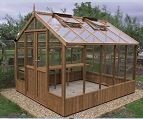
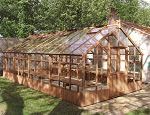
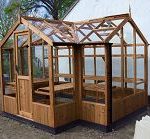

 down. Without a level base it will settle at an odd angle which is where the gaps will start to appear and doors will stop opening properly etc. This also applies to the strength of the base too, even the smallest
down. Without a level base it will settle at an odd angle which is where the gaps will start to appear and doors will stop opening properly etc. This also applies to the strength of the base too, even the smallest 